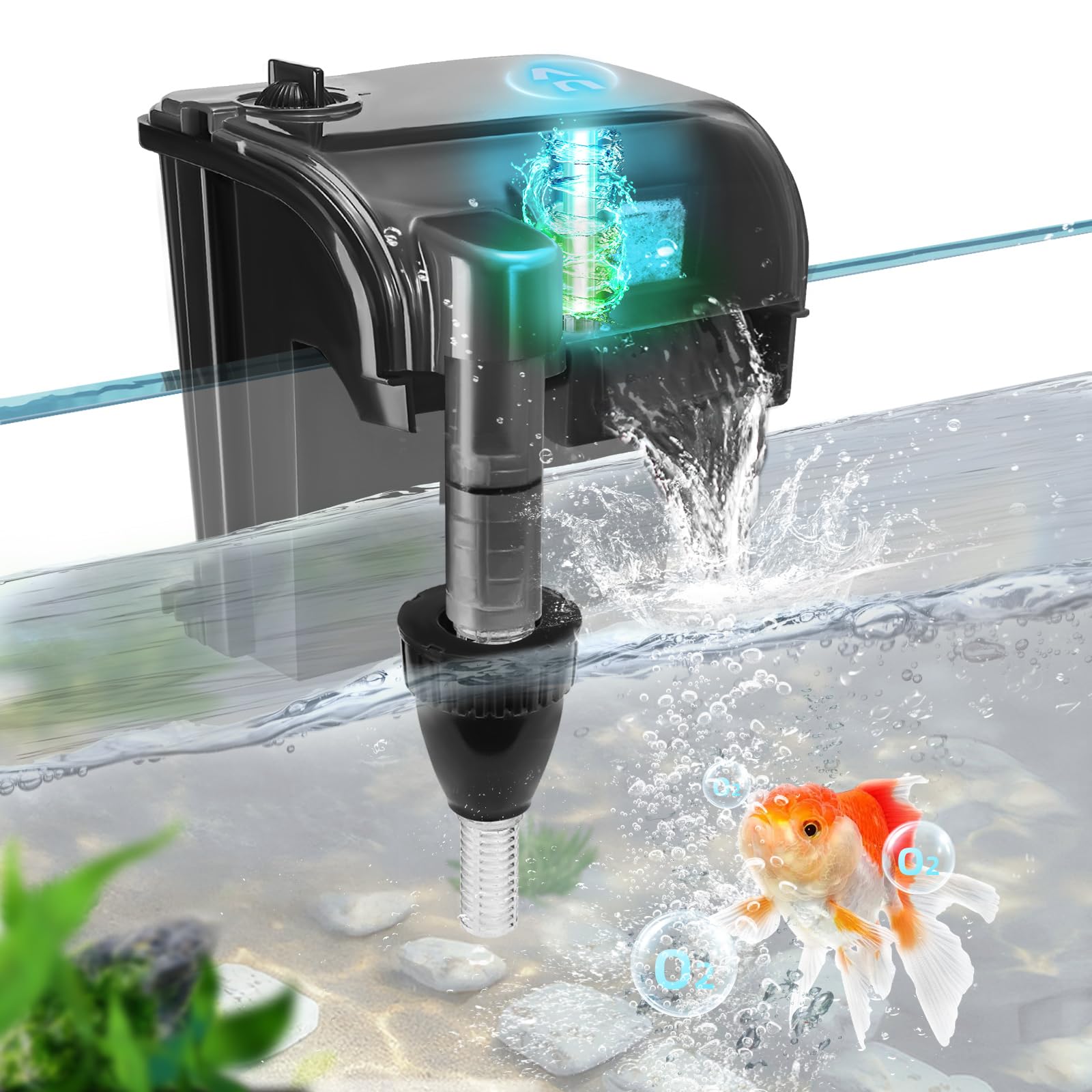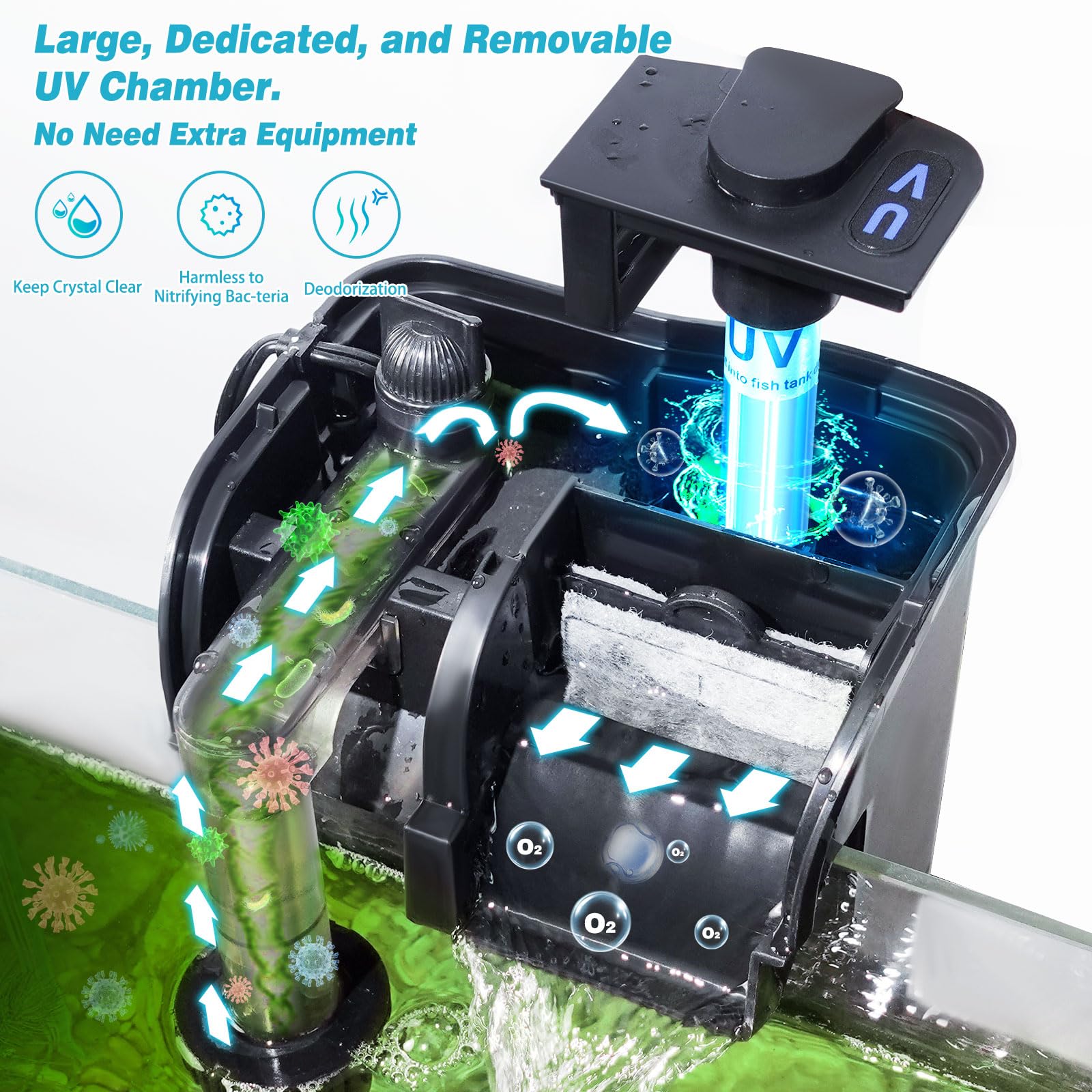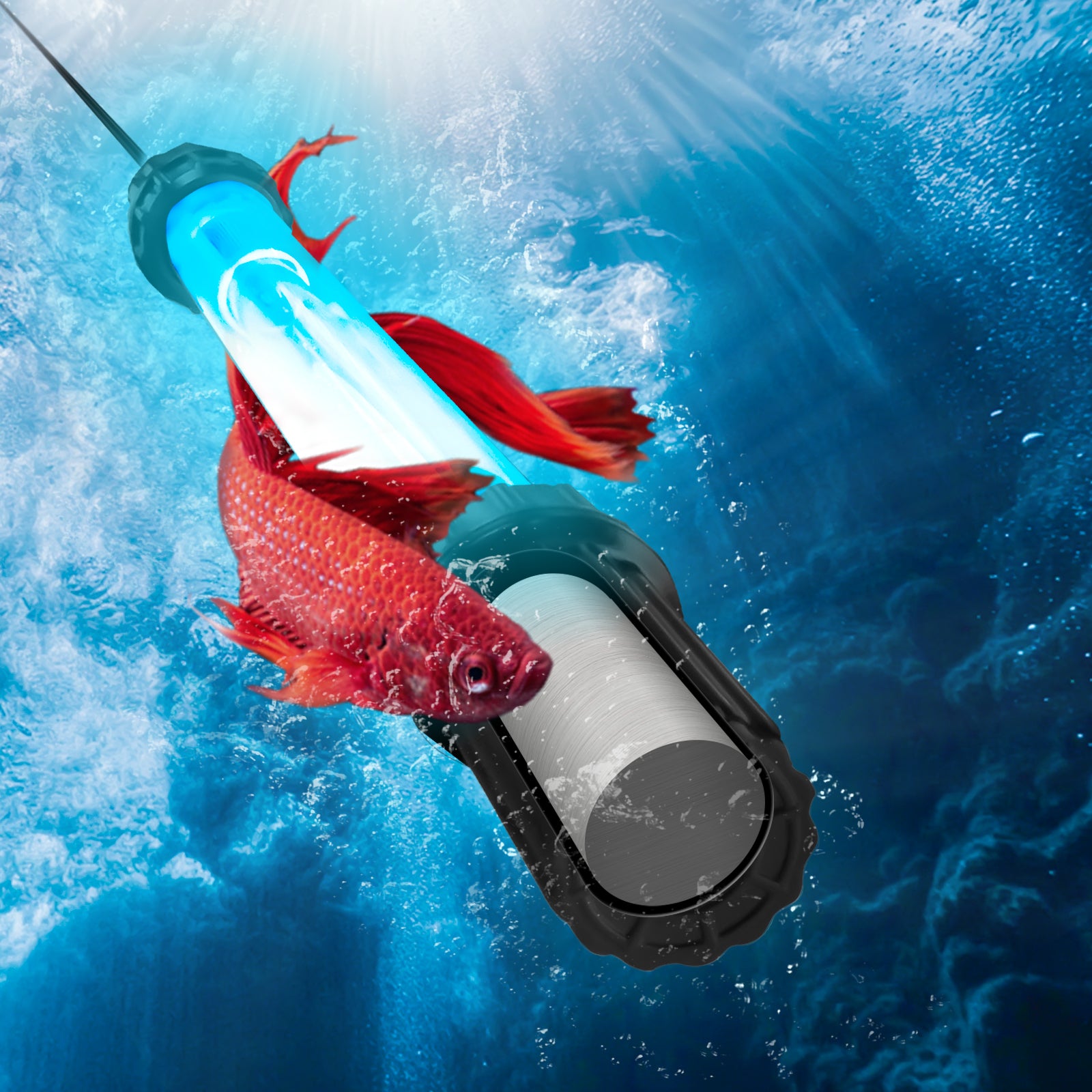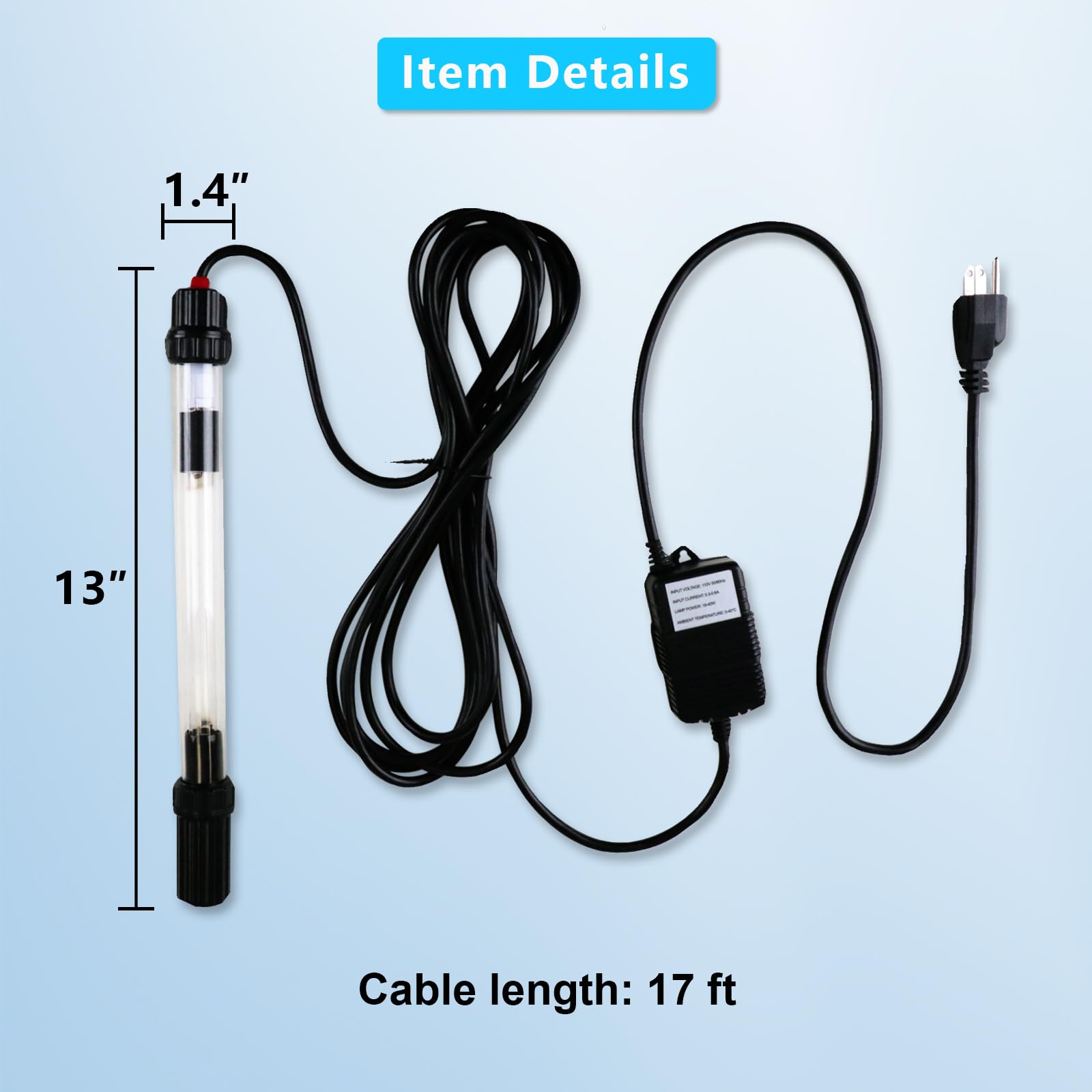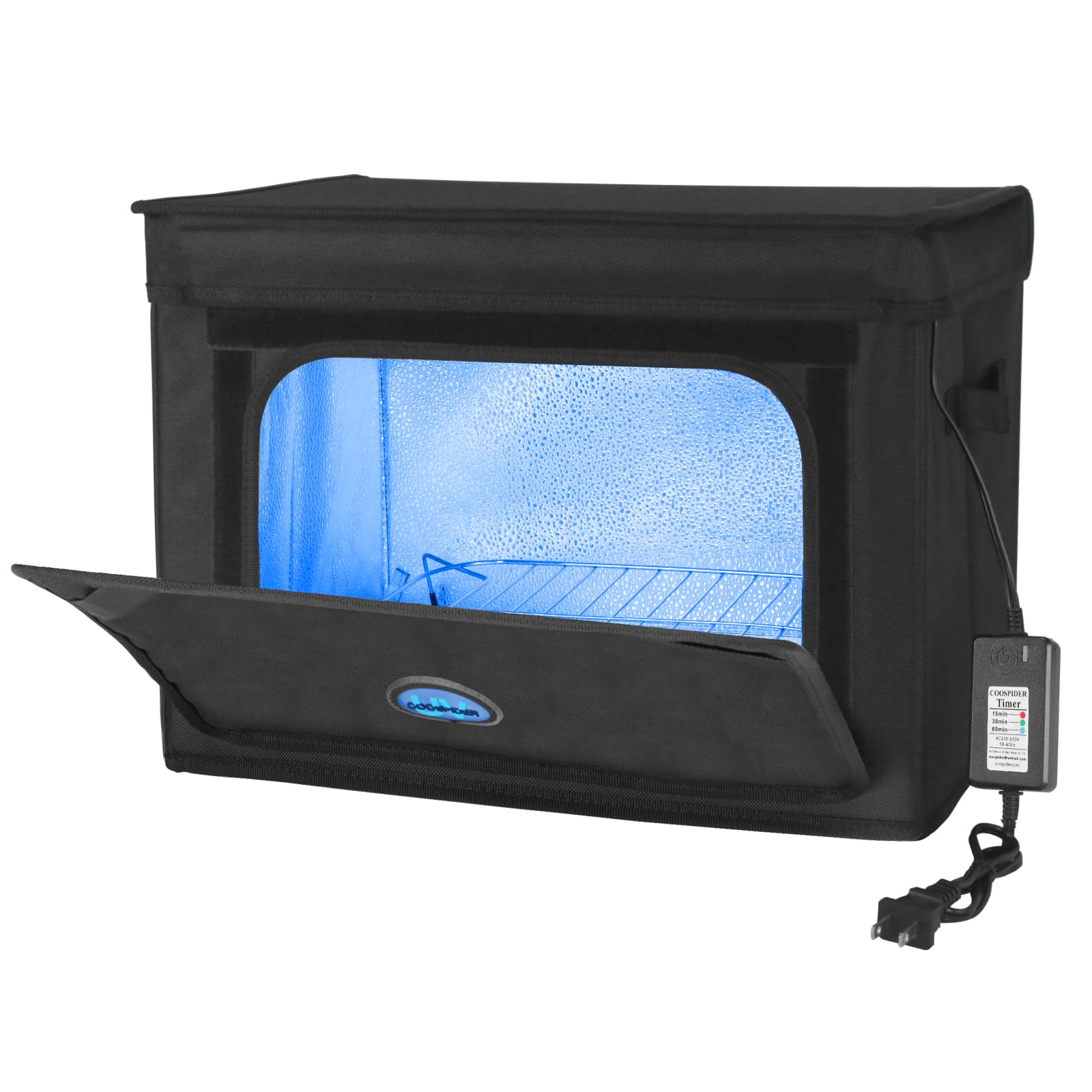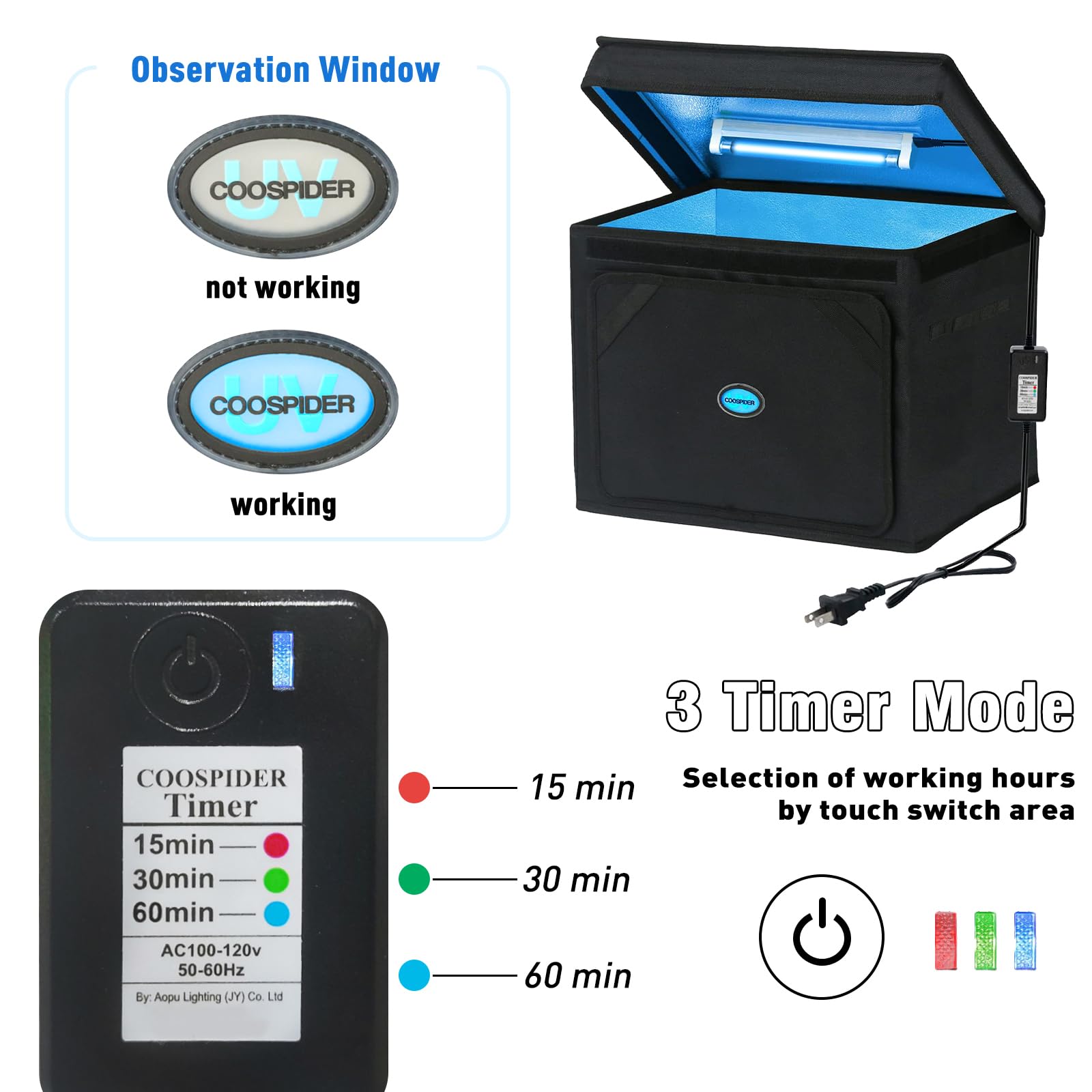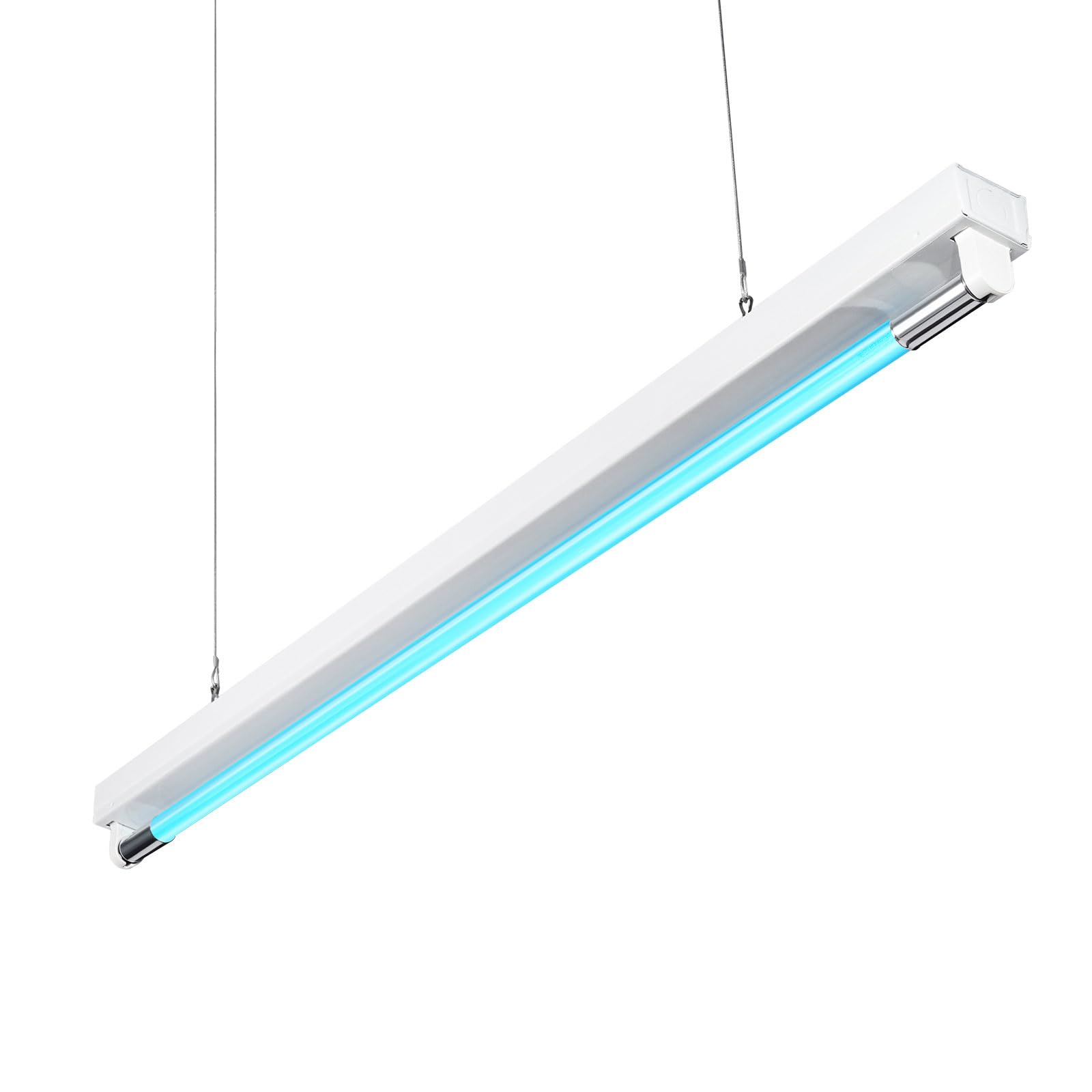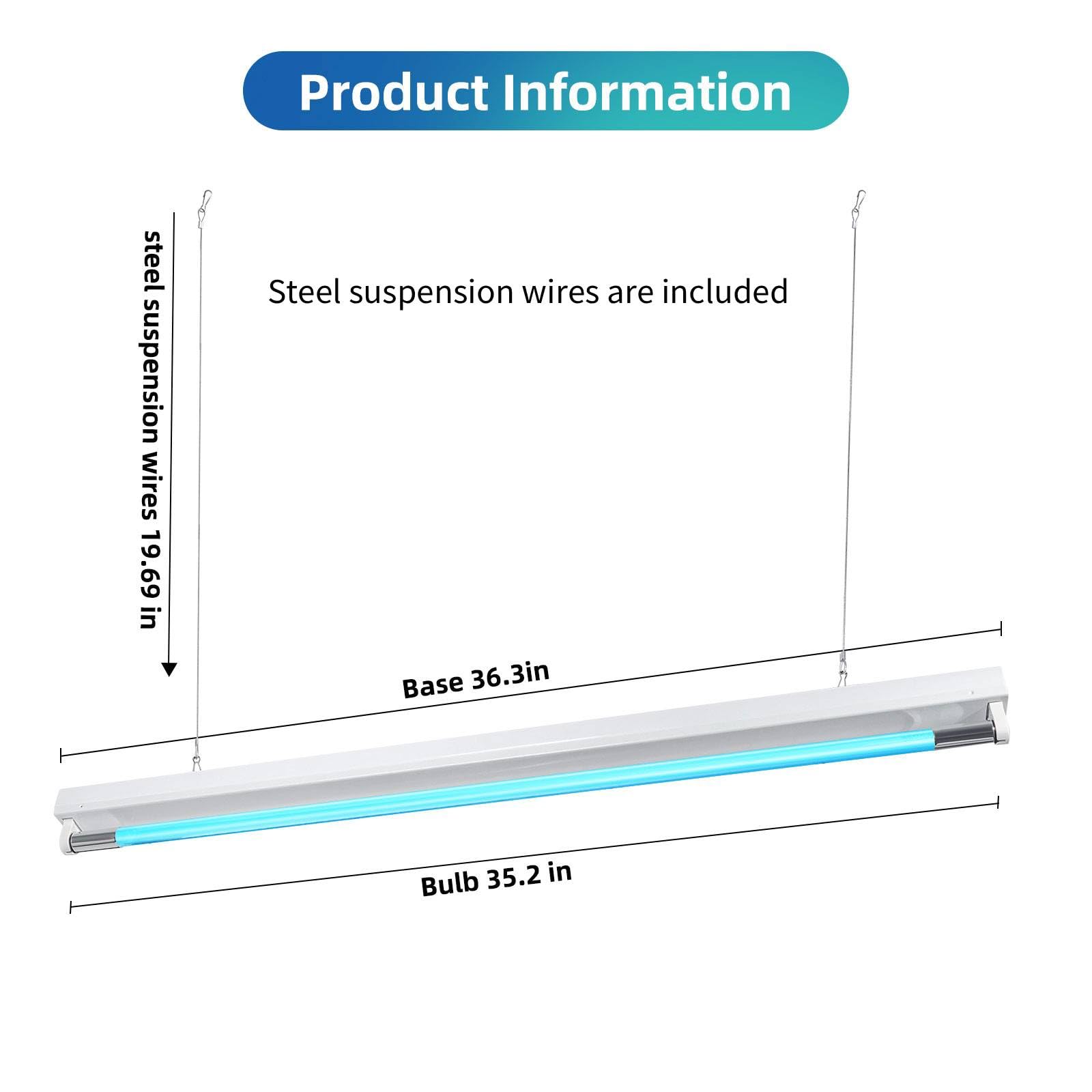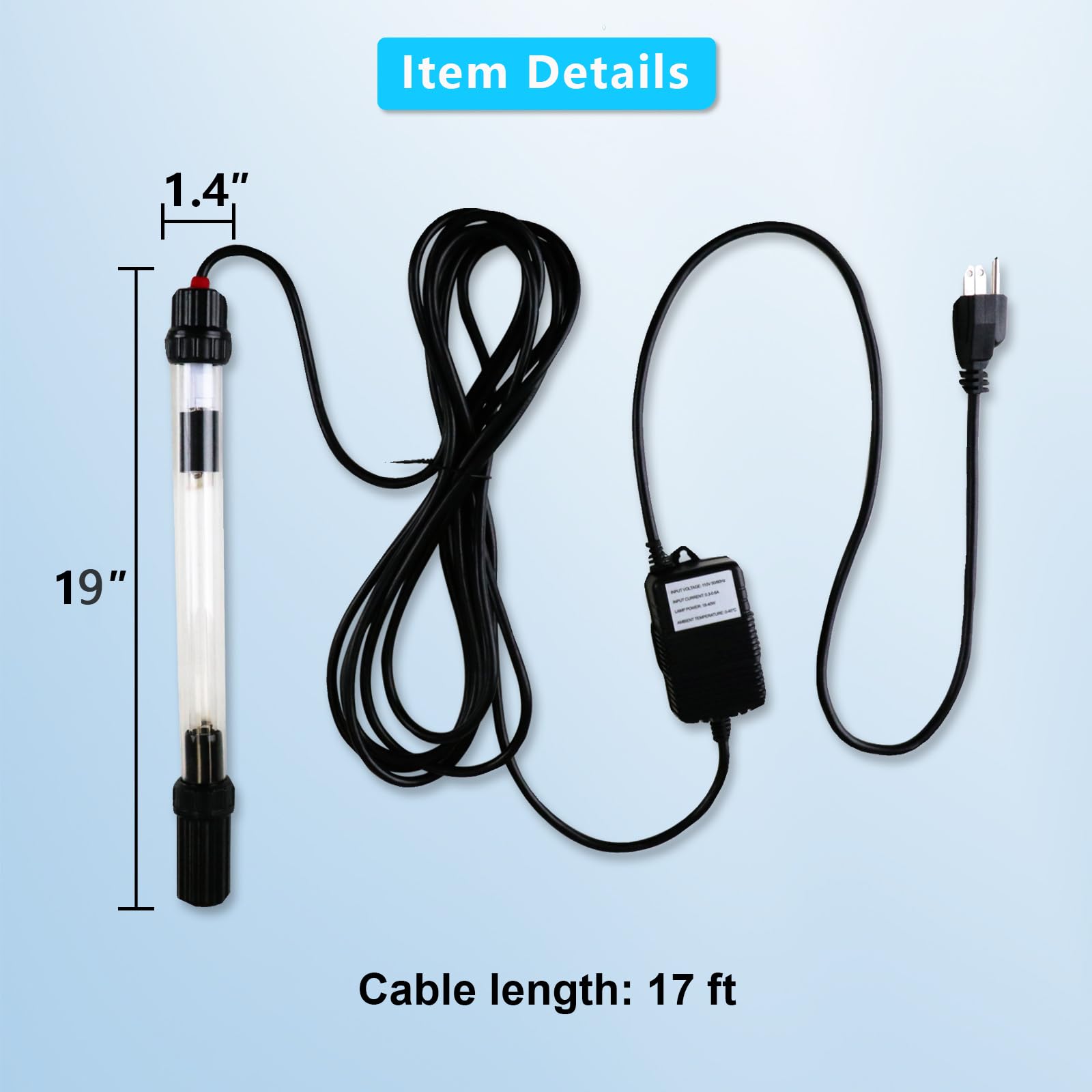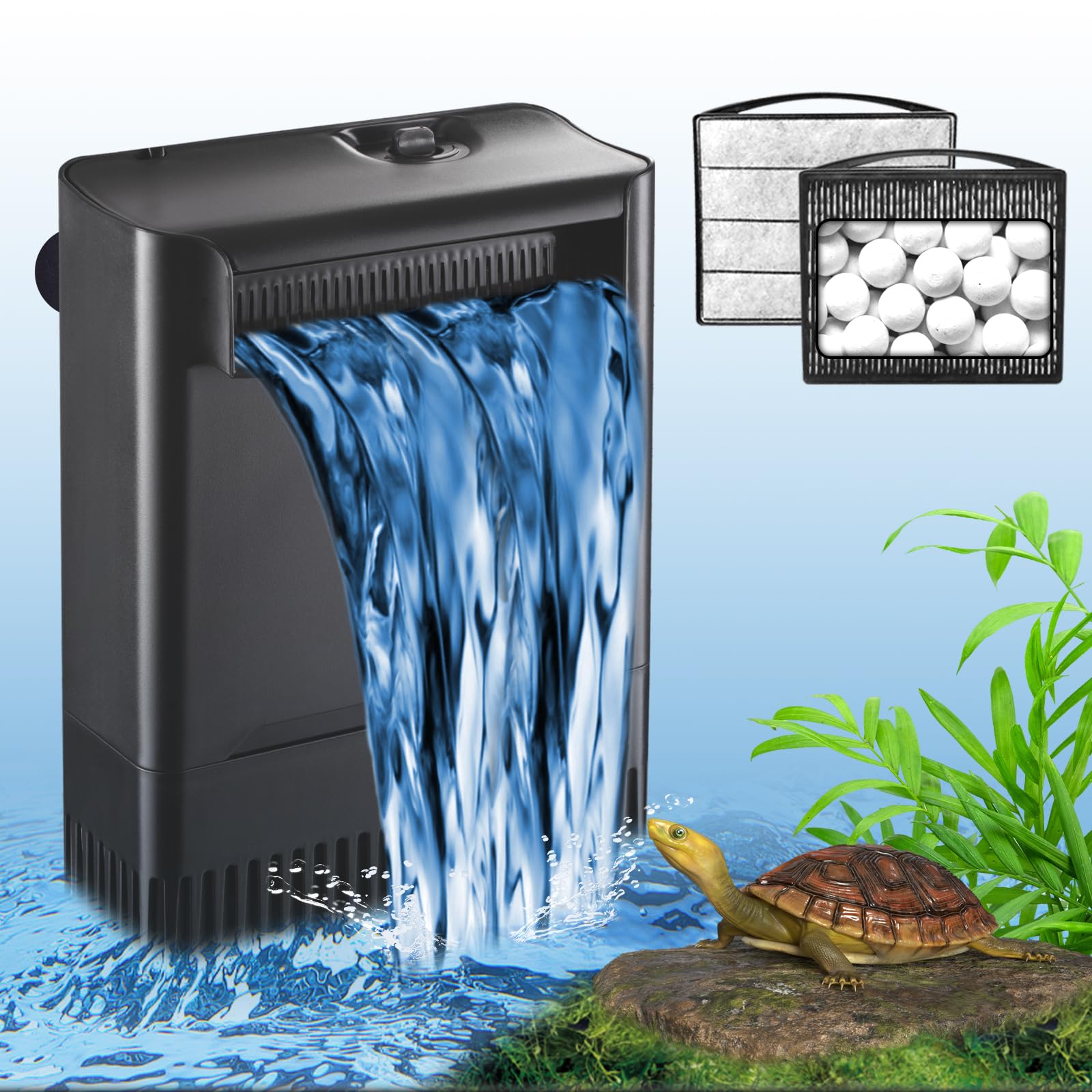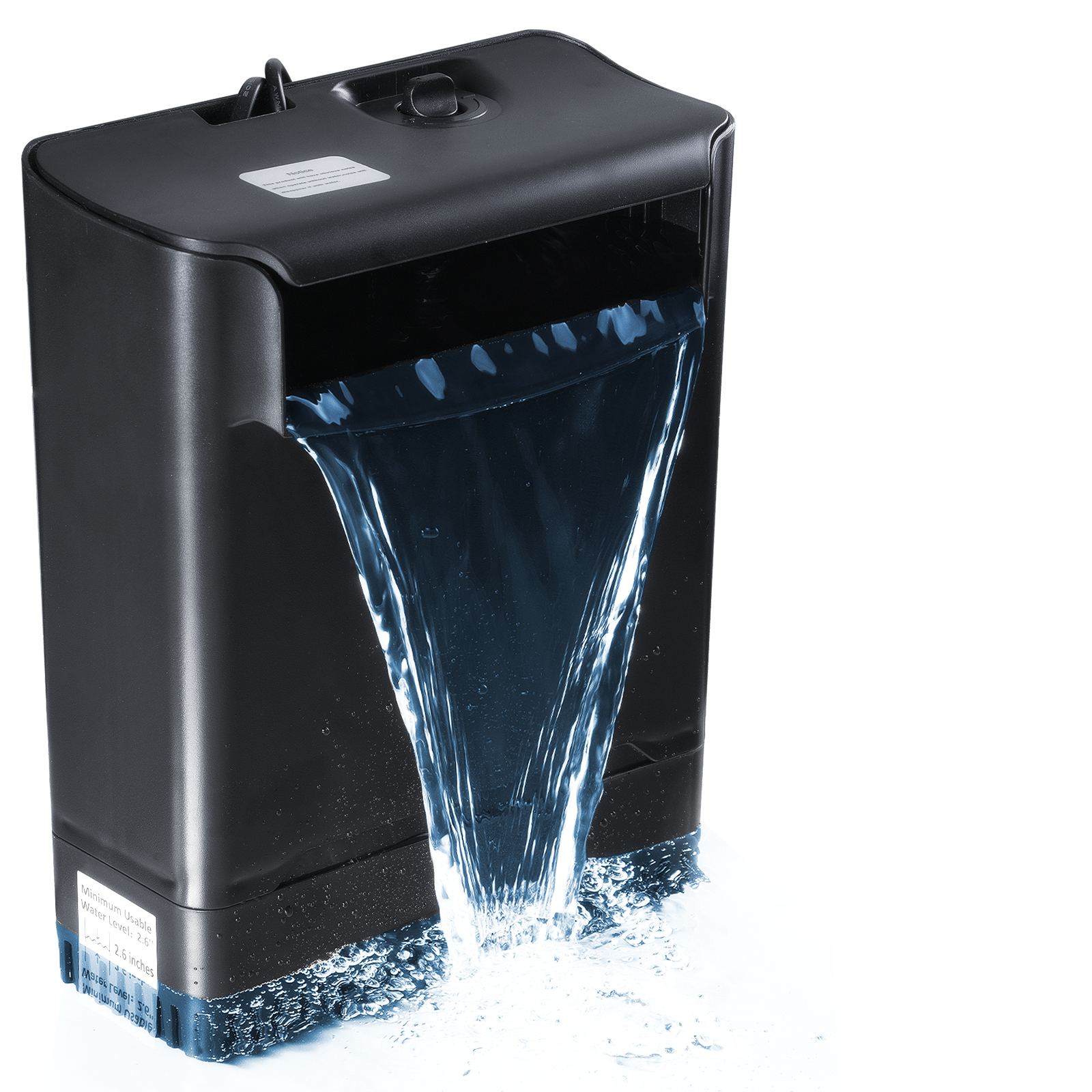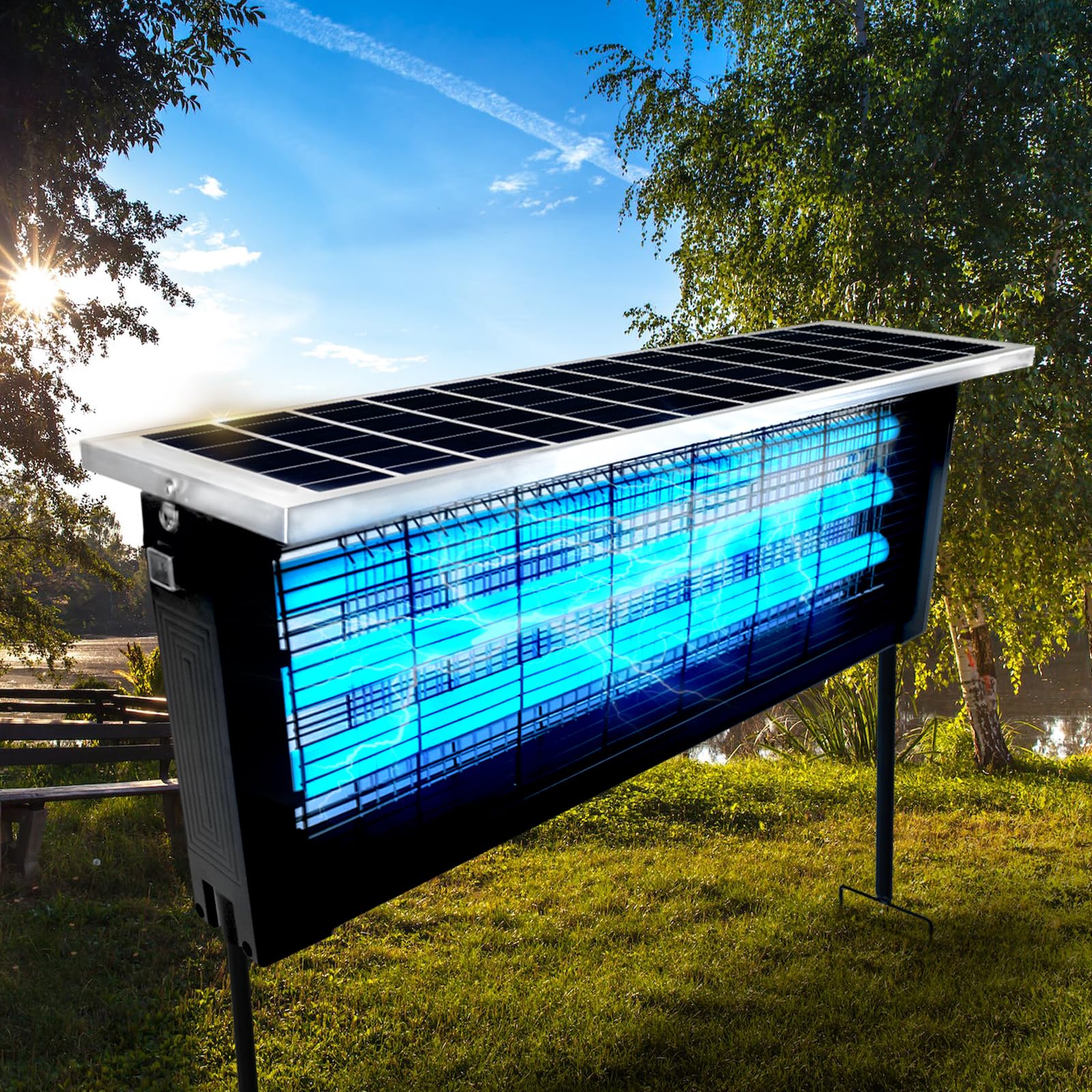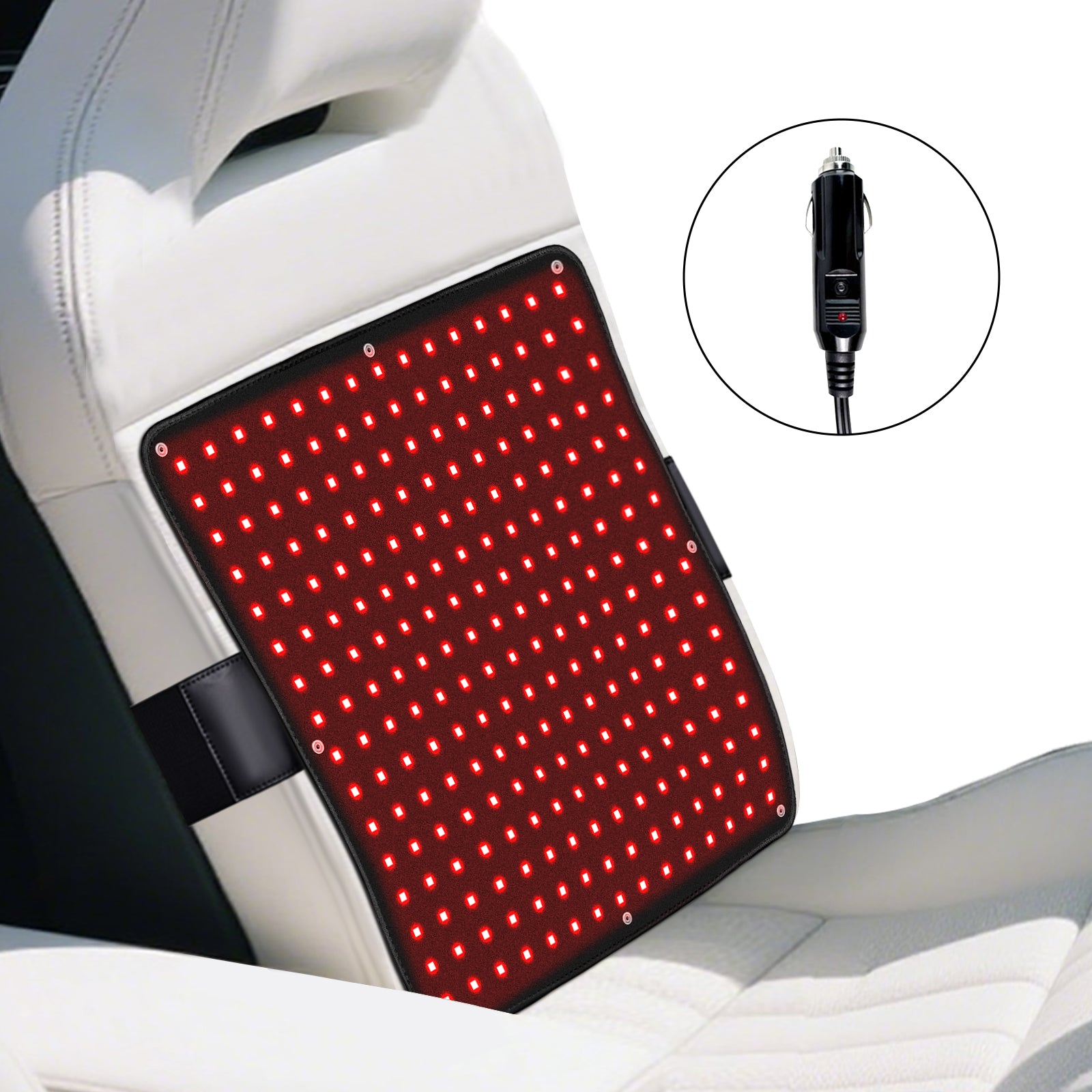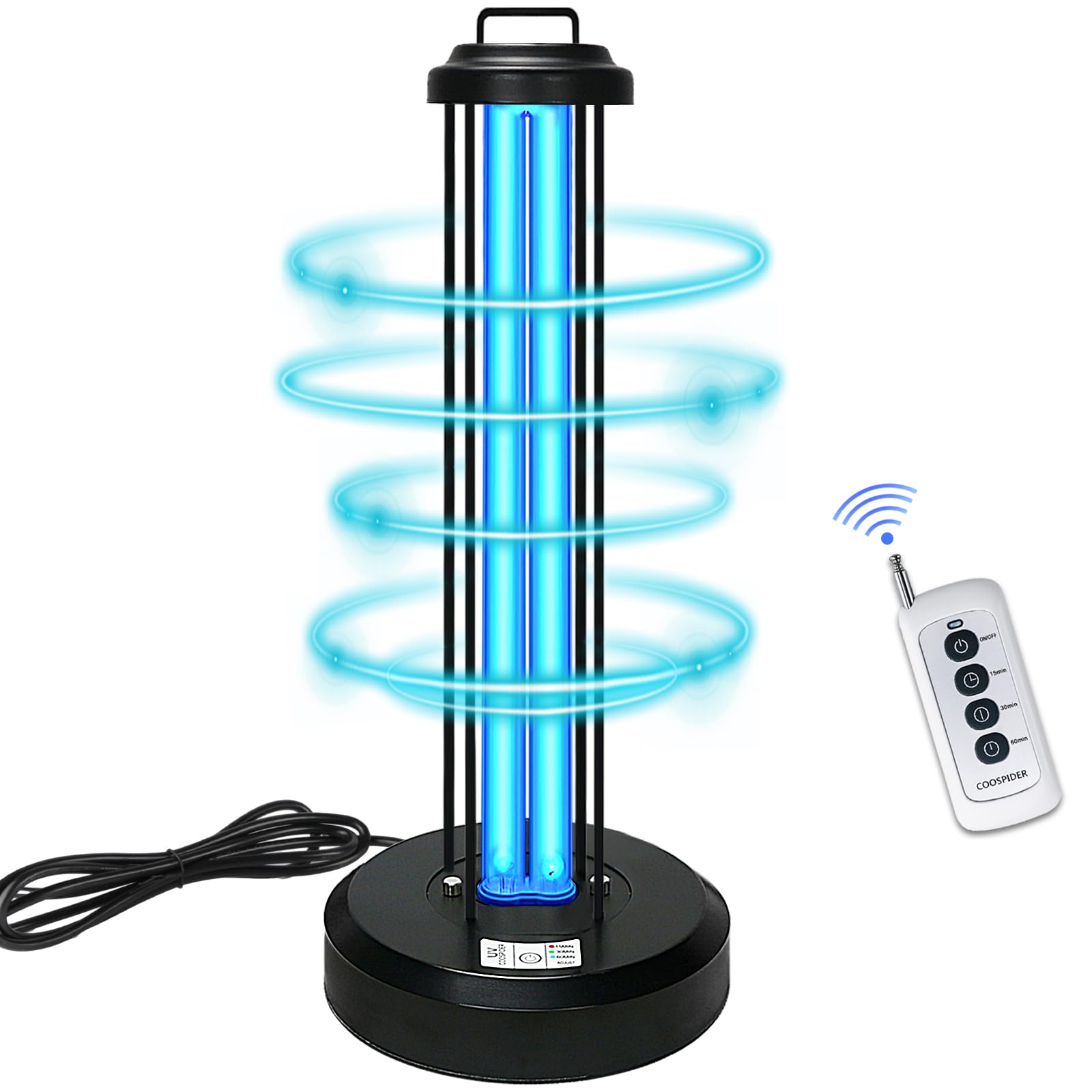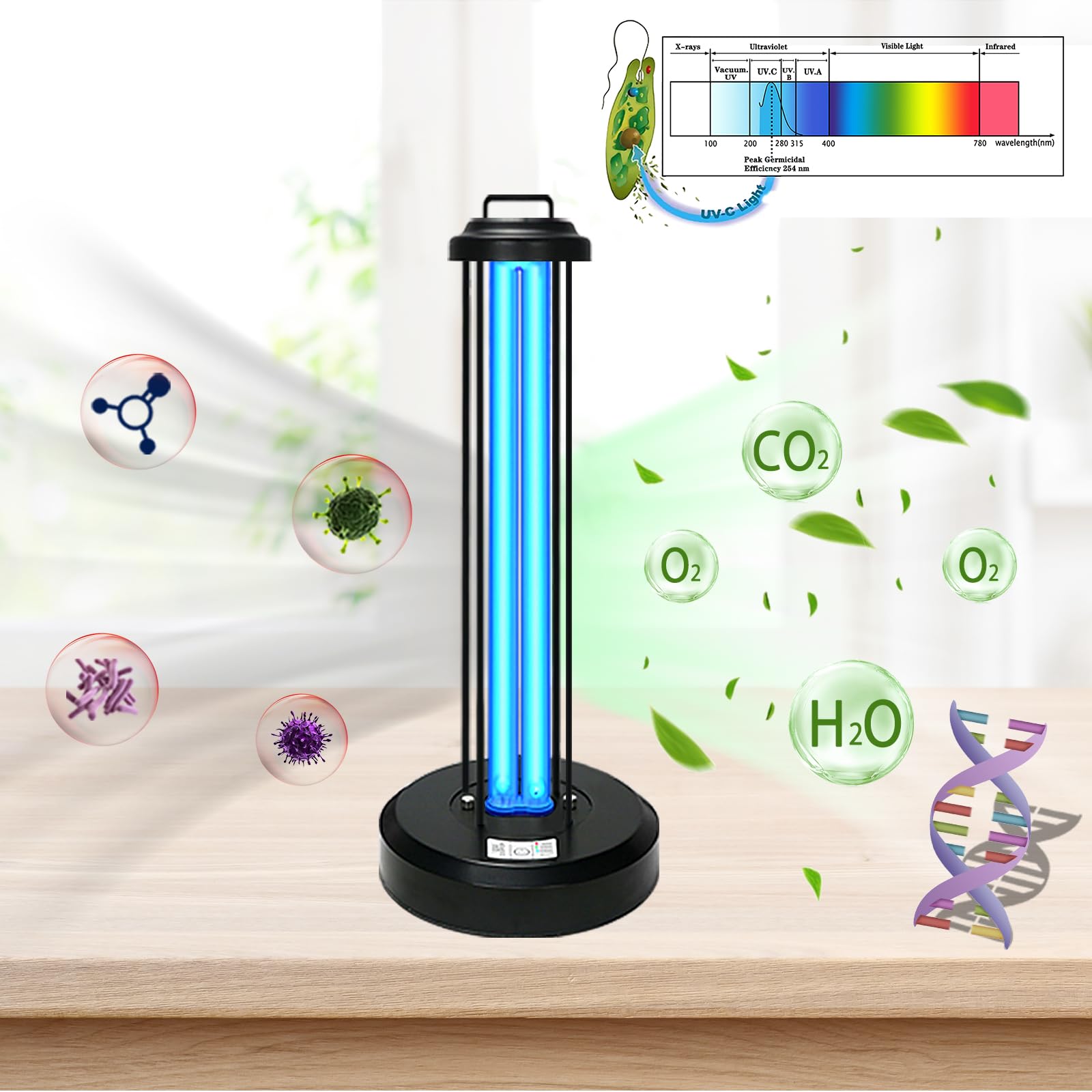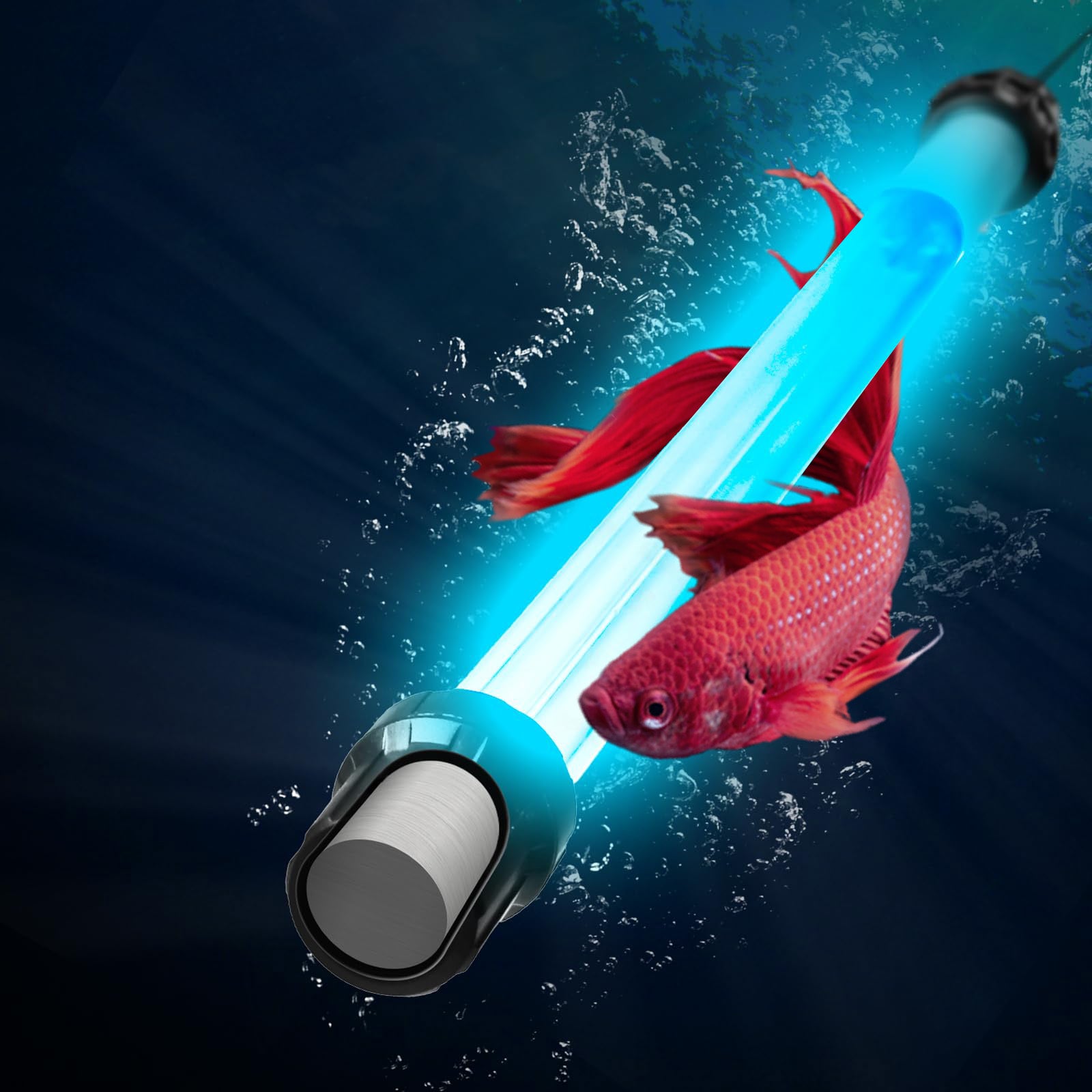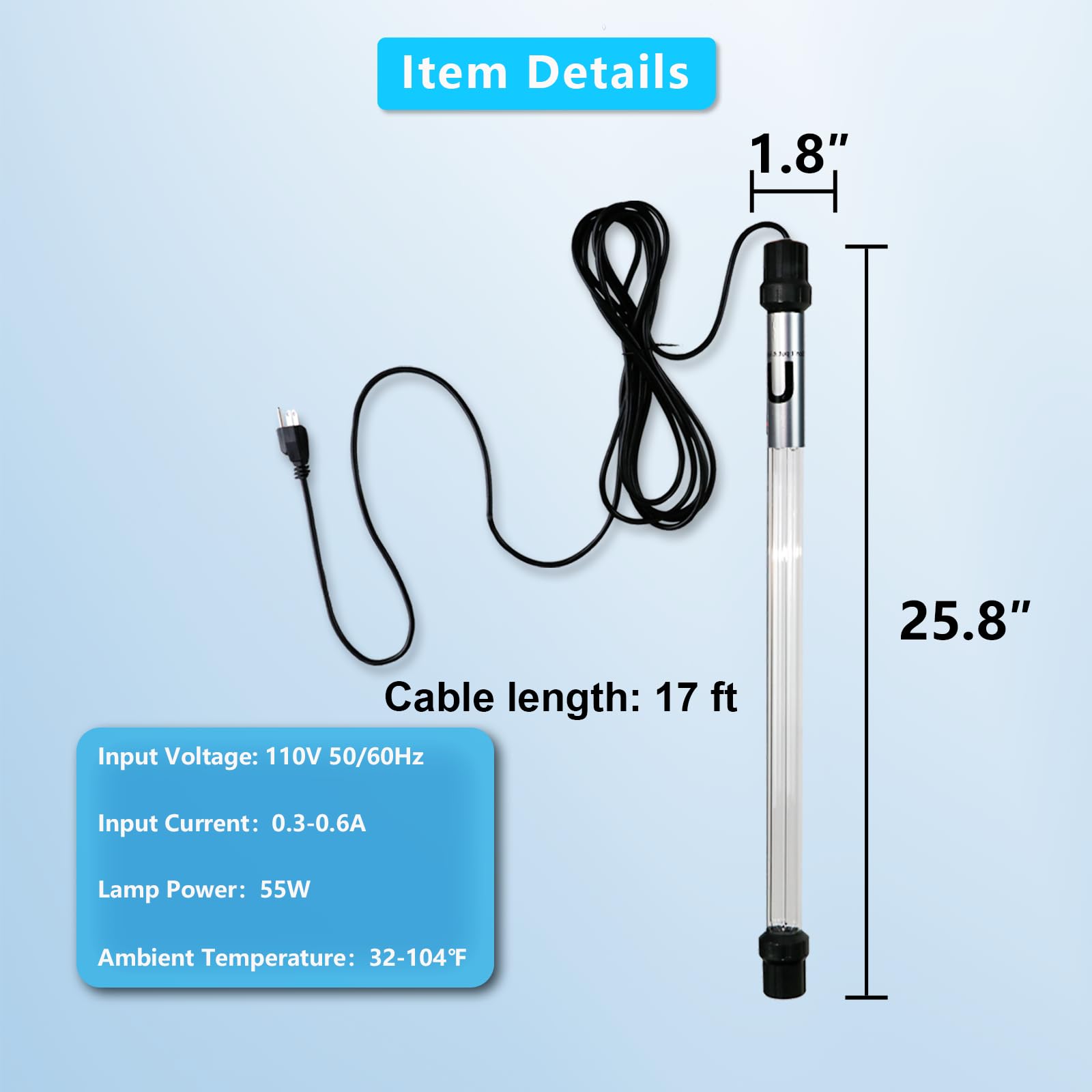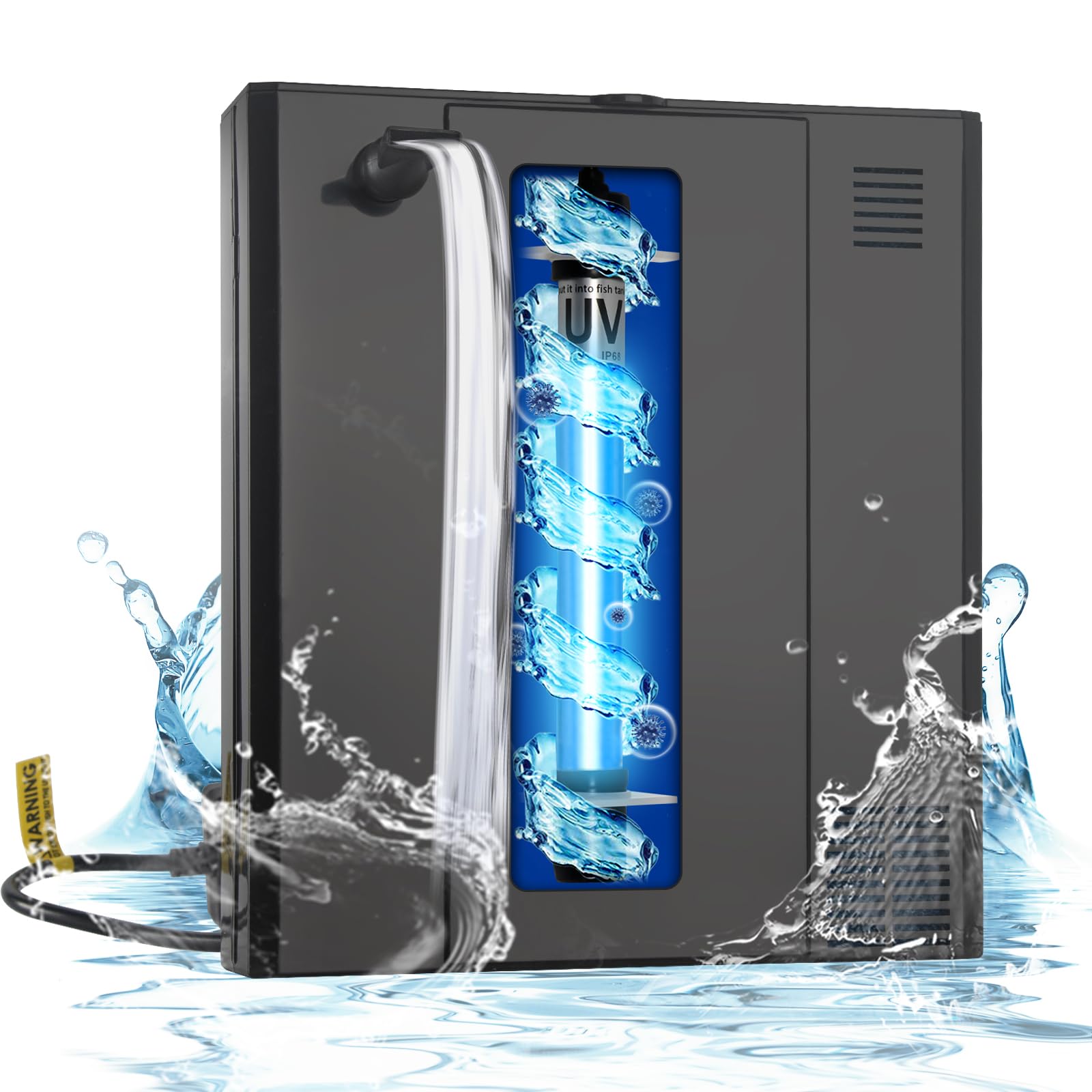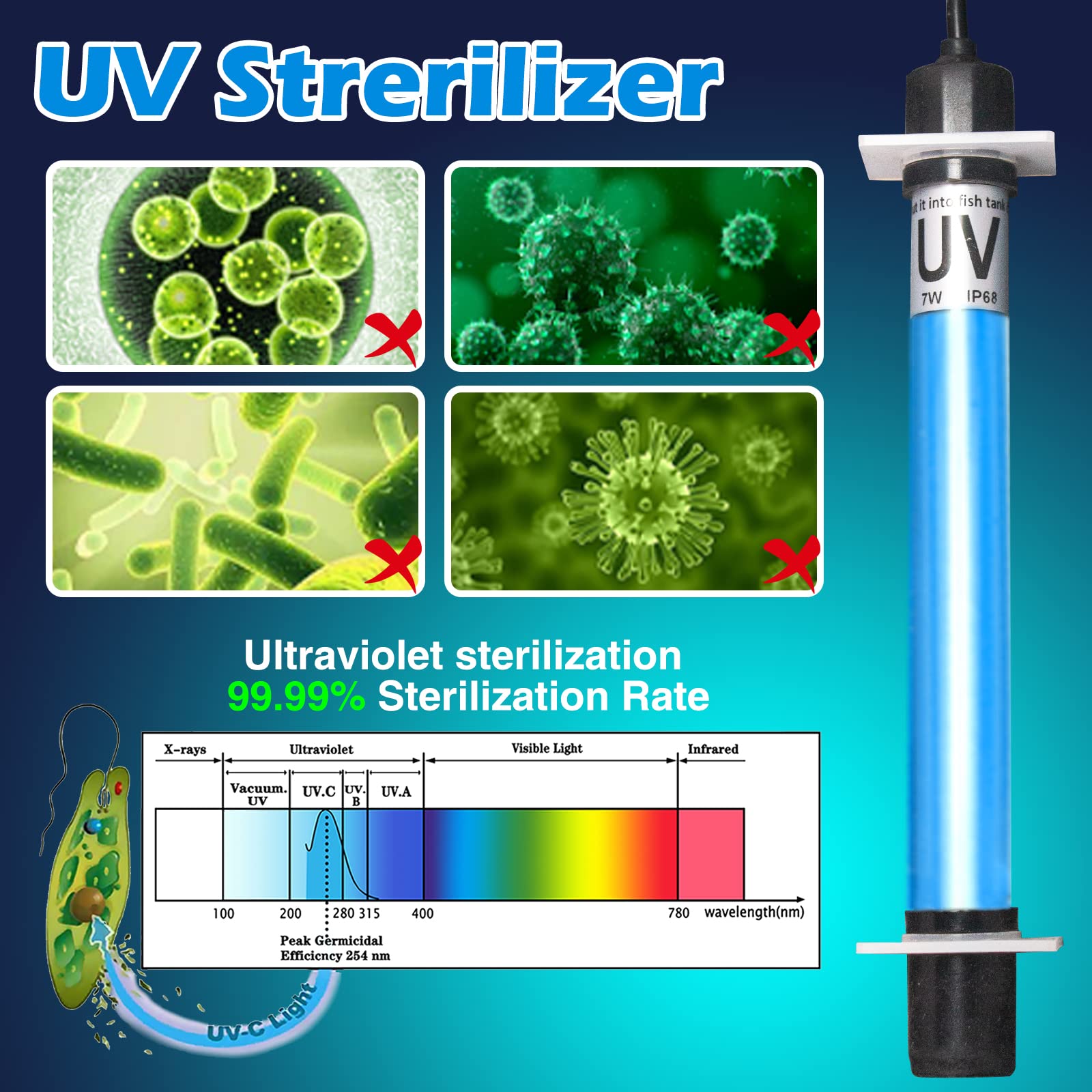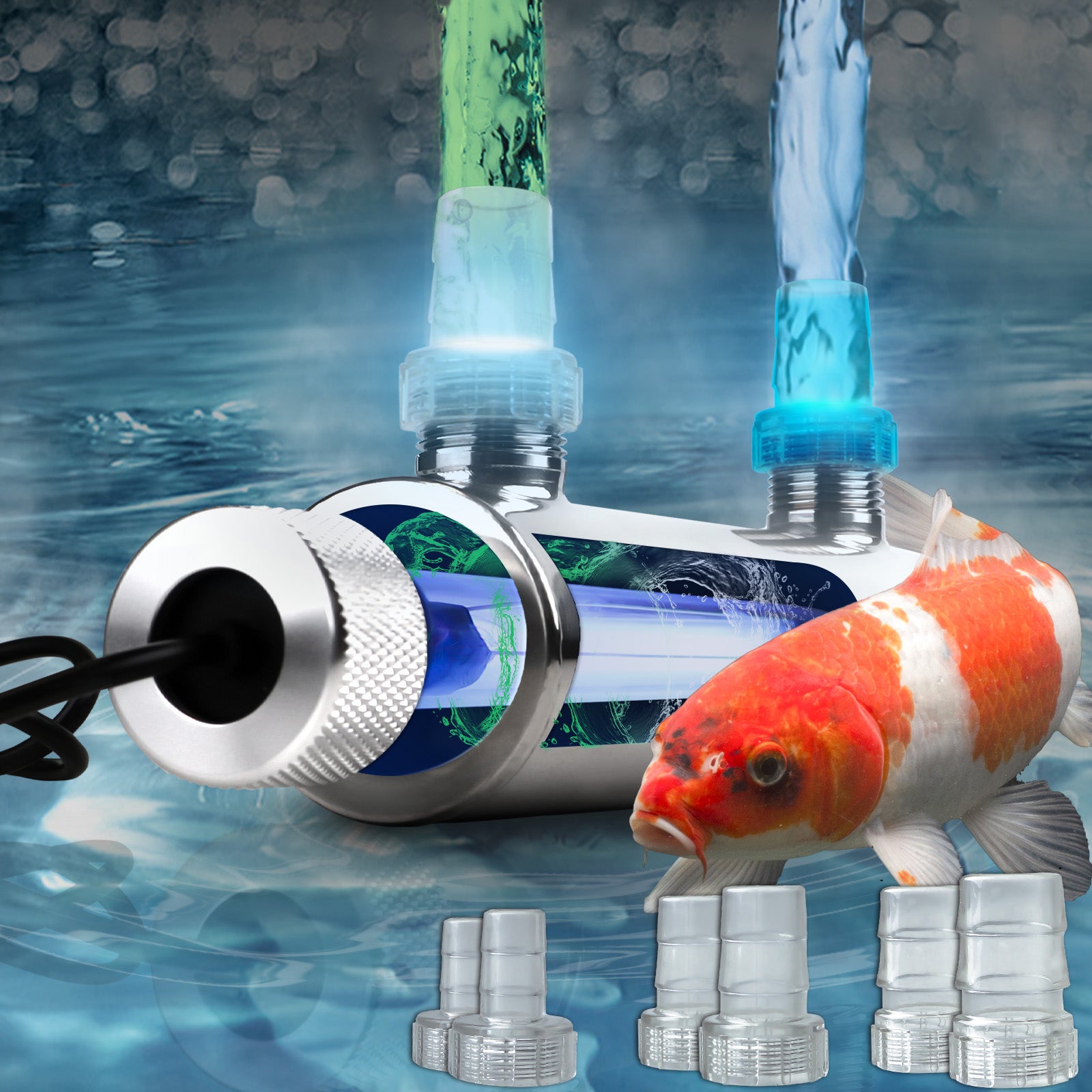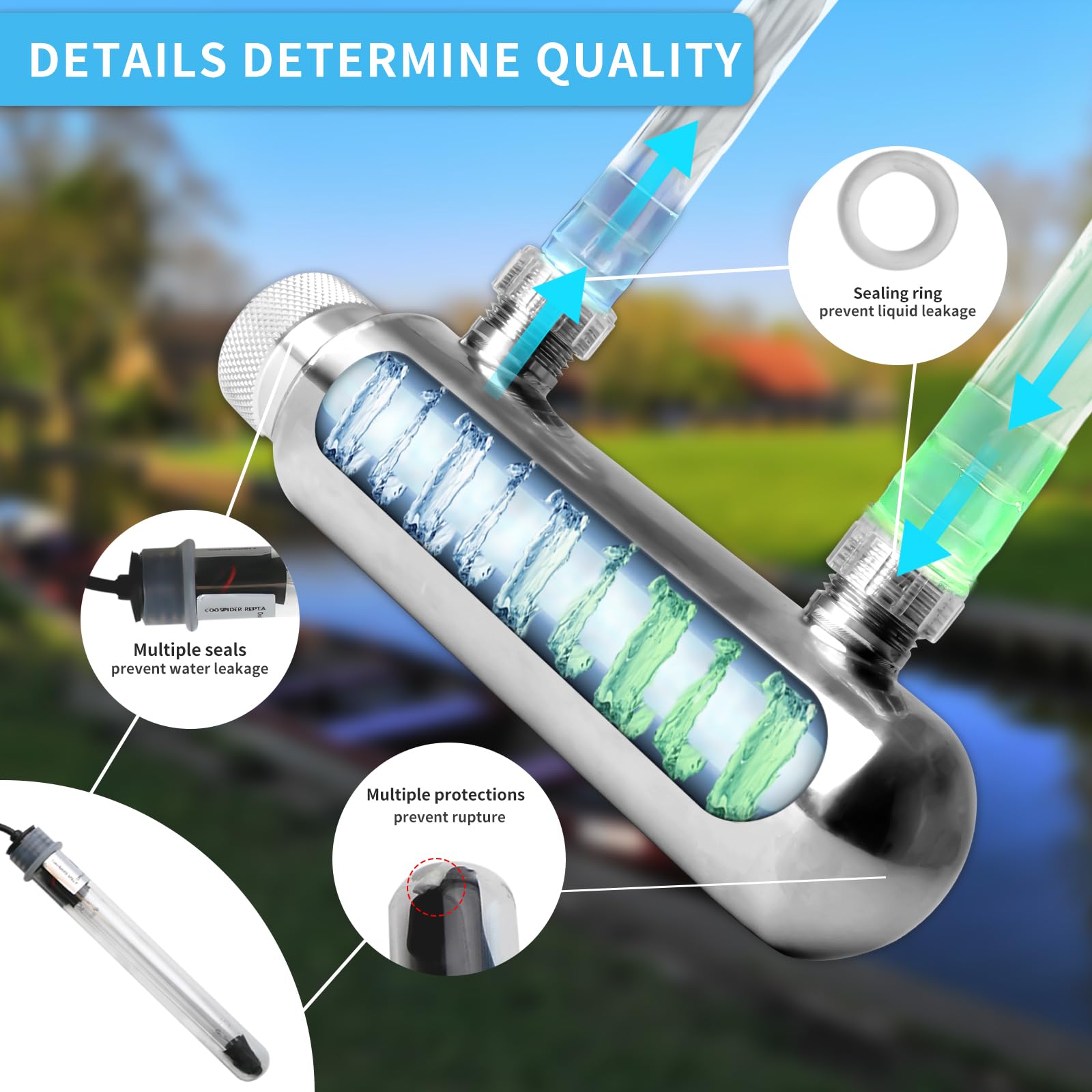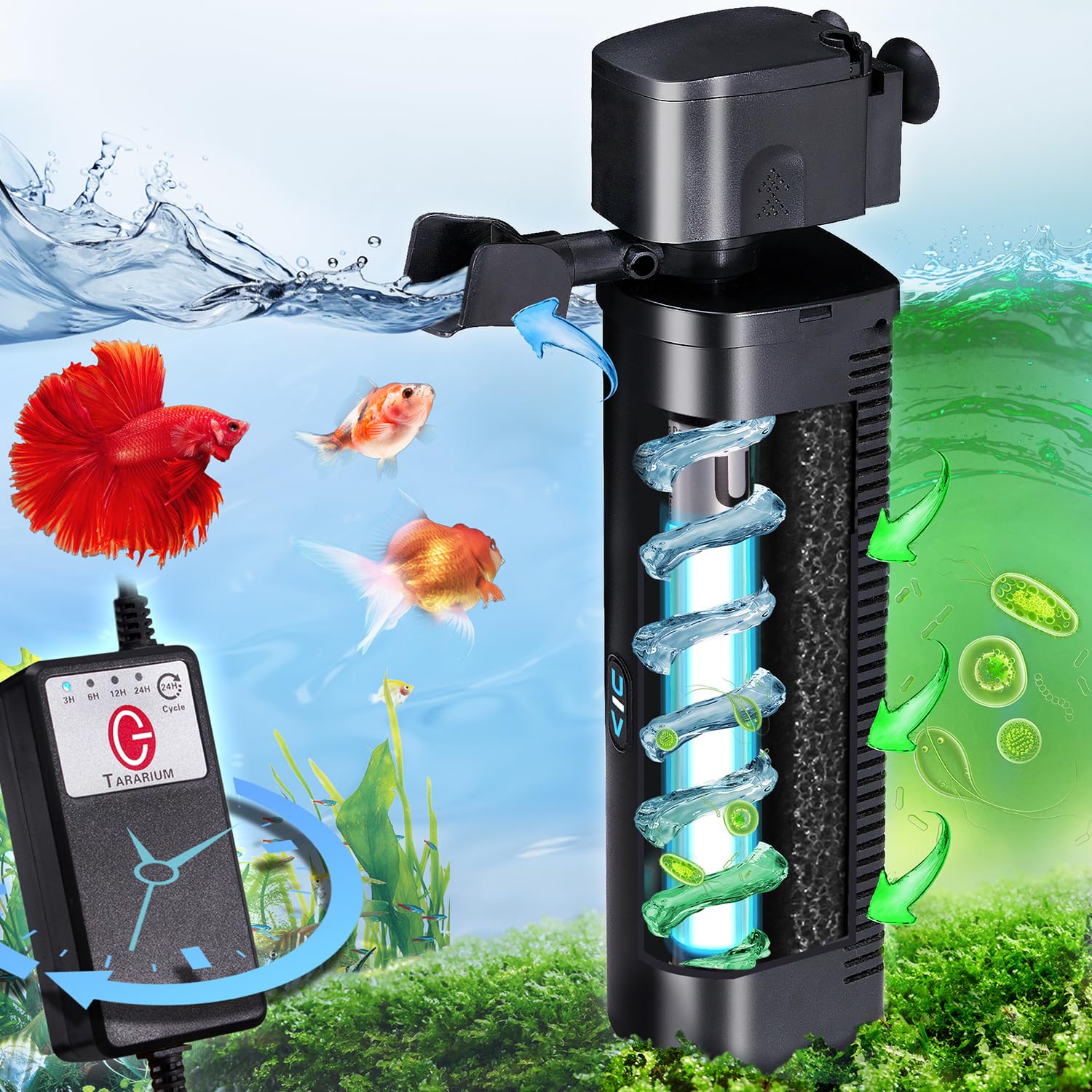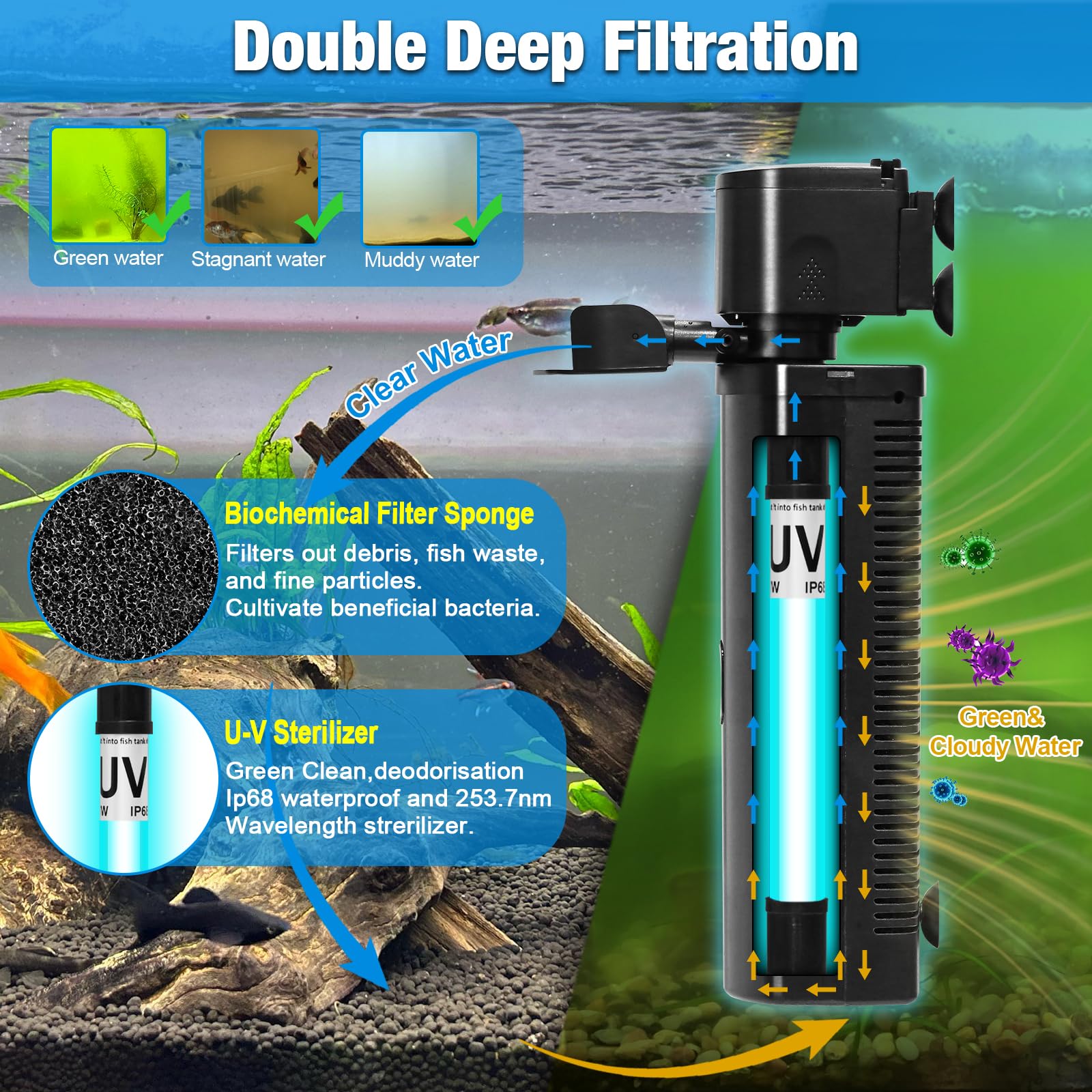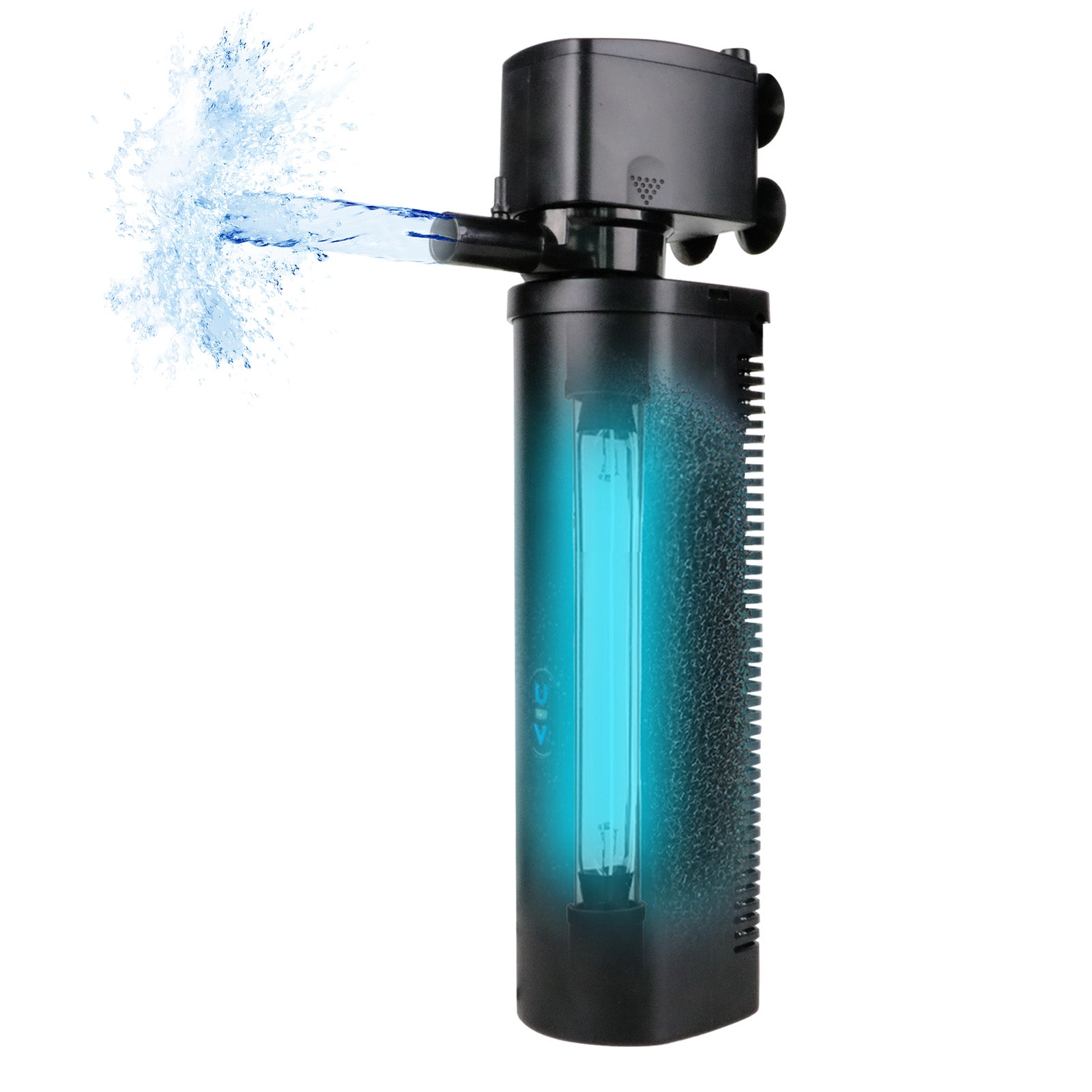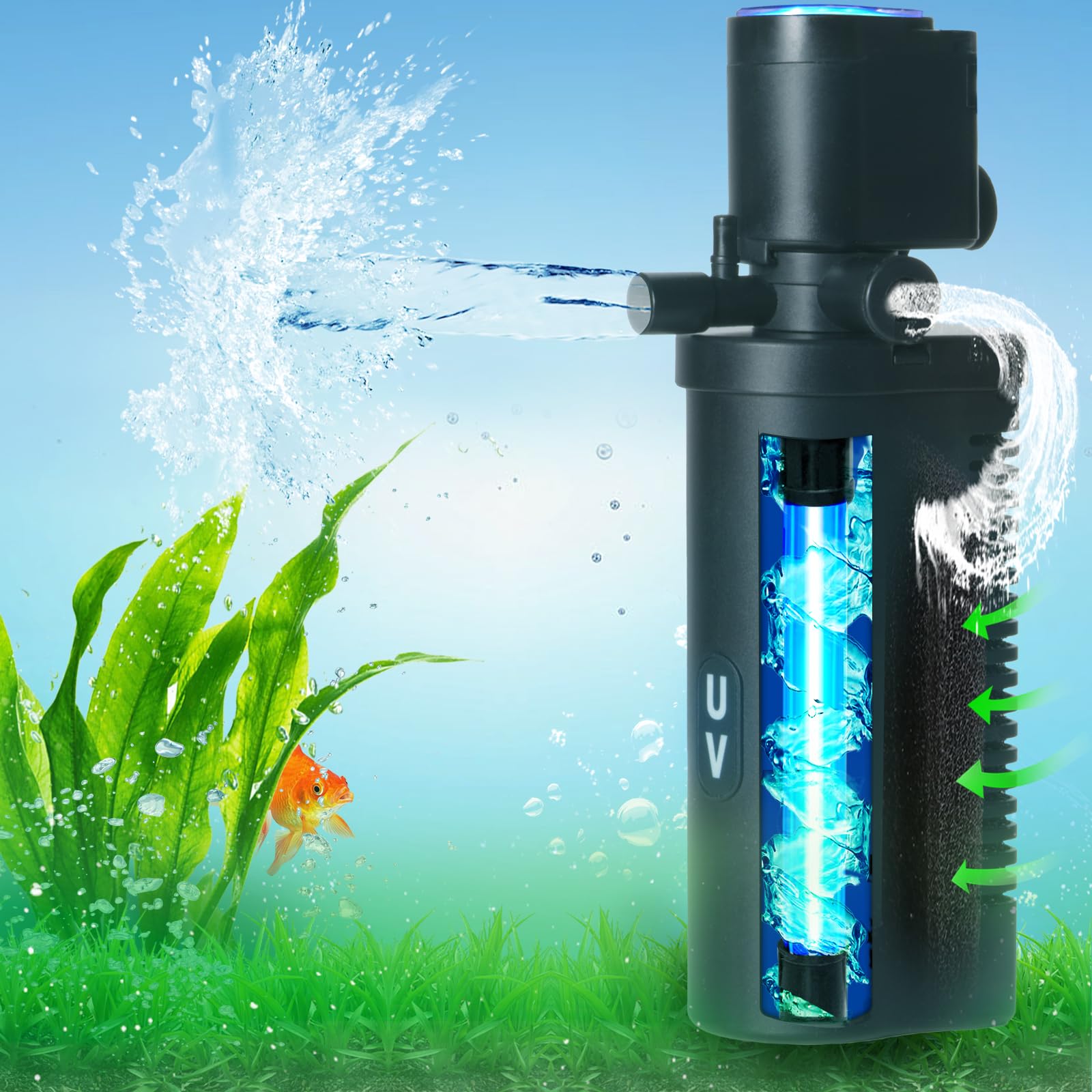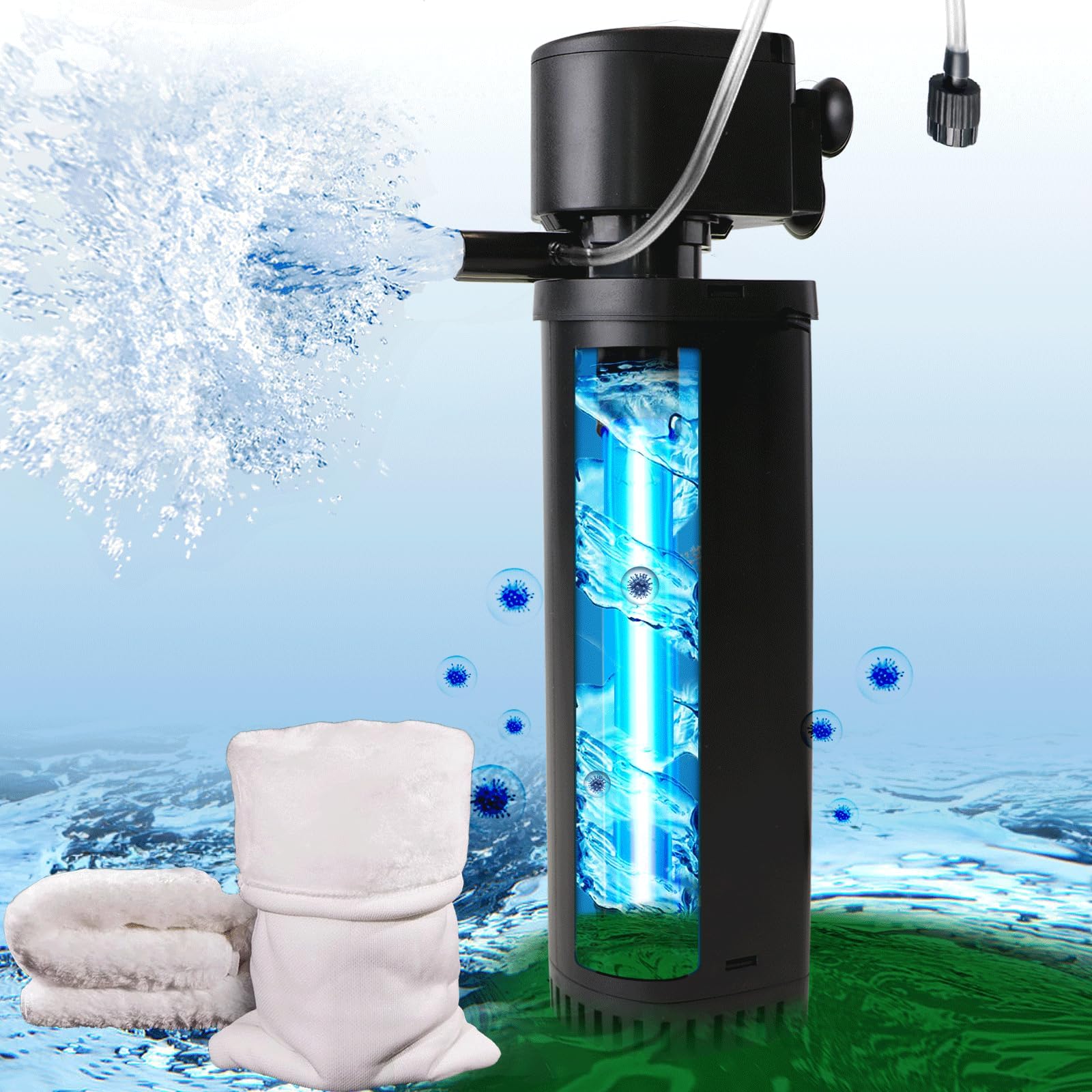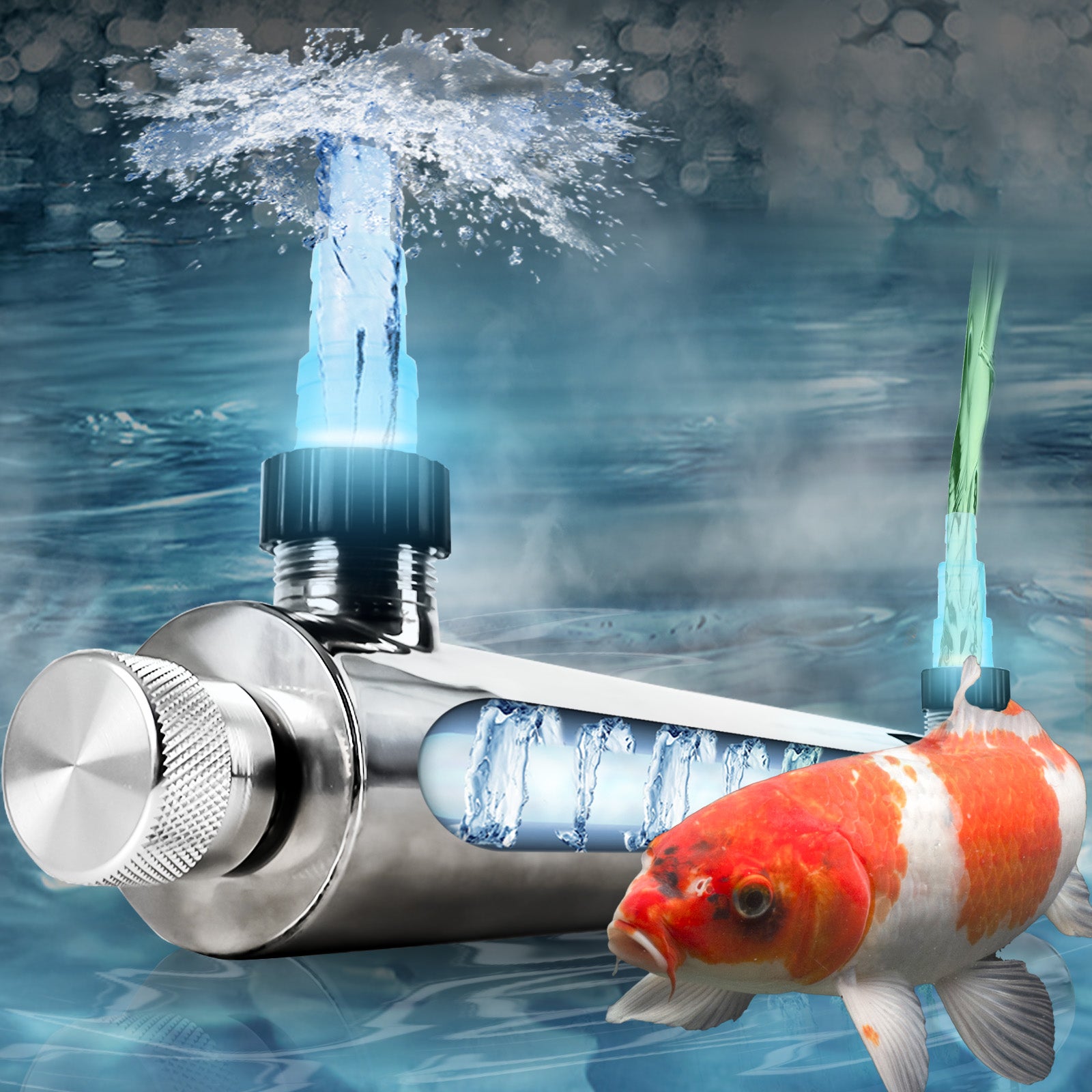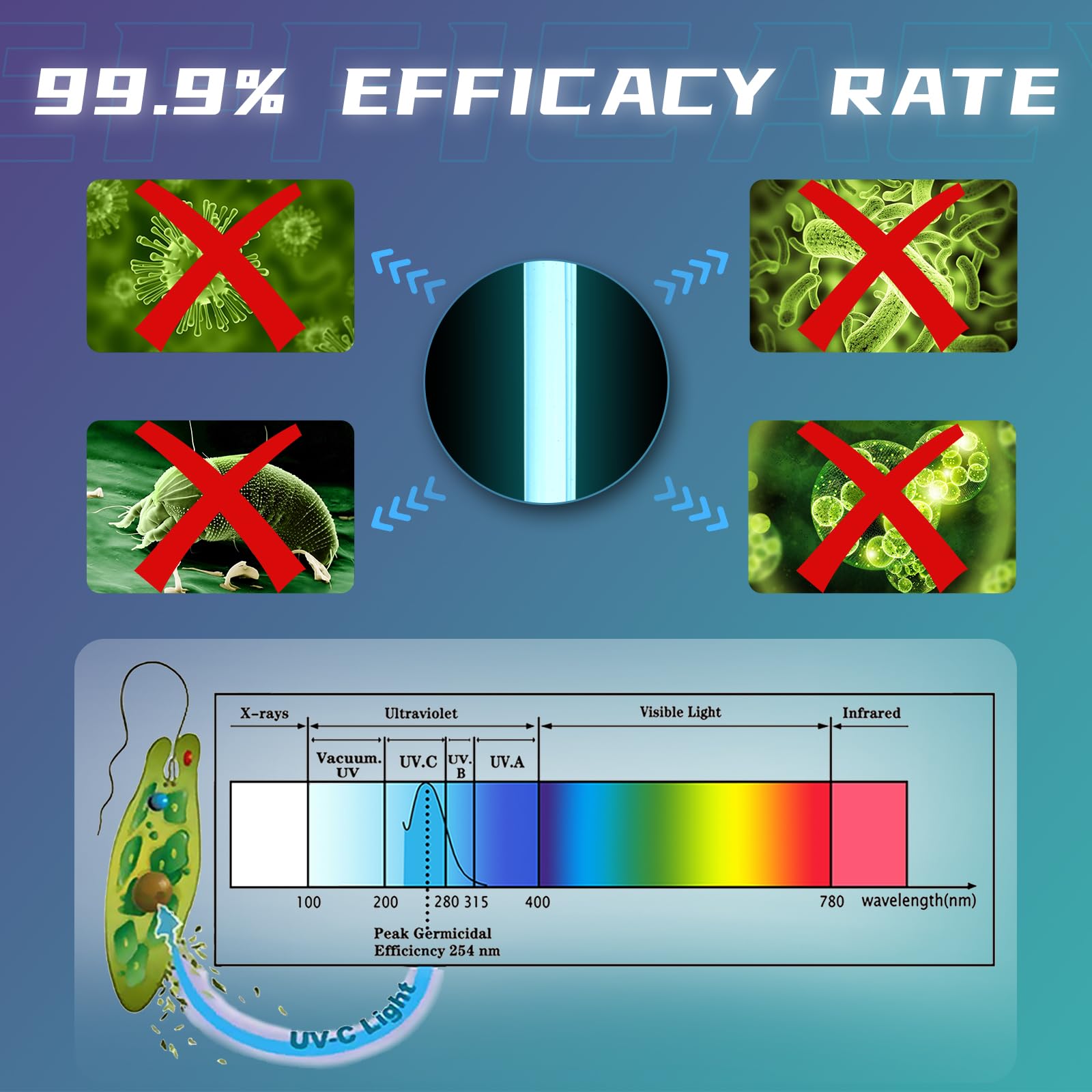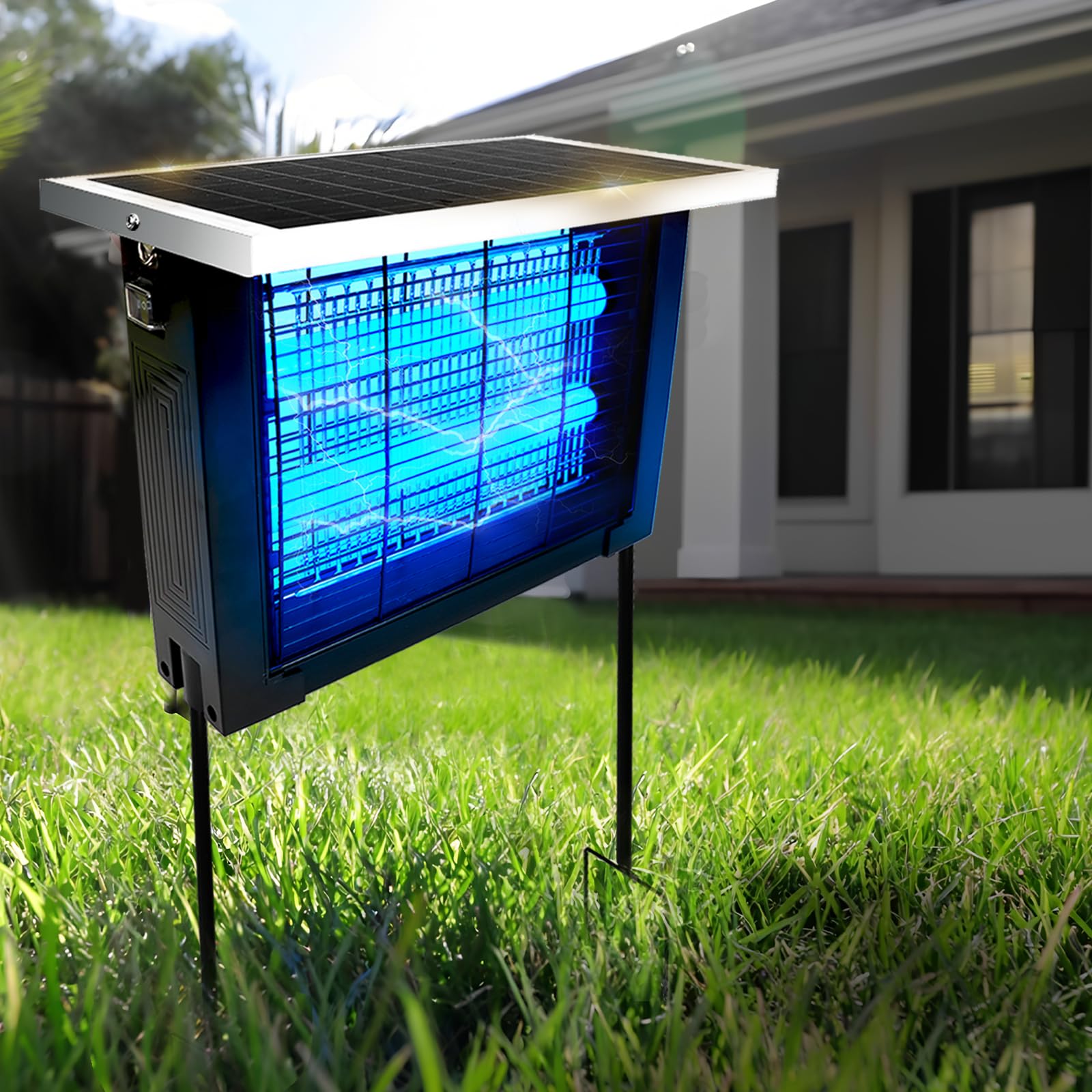1. Genetic Lineage & Evolutionary Biology
1.1 Ancestral Origins
-
Cyprinus carpio haematopterus (East Asian subspecies)
-
1820s selective breeding records from Niigata
-
Mitochondrial DNA haplogroup analysis
1.2 Modern Breeding Matrix
GenerationGenetic DiversityNotable MutationsF1 (Wild)98% heterozygosityNatural camouflageF565%First metallic scalesF20+30%Stable pattern genes
2. Classical Show Categories (Go-Sanke)
2.1 Kohaku: The White Canvas
-
Pigmentation Science:
-
Erythrophore cell density: 2,800/mm²
-
Tyrosinase enzyme activity levels
-
UV-protective xanthophores
-
2.2 Taisho Sanke: The Tri-Colored Symphony
-
Pattern Development:
-
Neural crest cell migration paths
-
Temperature-sensitive gene expression
-
3D patterning algorithms
-
2.3 Showa Sanshoku: The Black Masterpiece
-
Modern vs Traditional:
-
Kindai (30% sumi) vs Original (60% sumi)
-
Shiroji (base white) luminosity standards
-
Sumi (black) precipitation timing
-
3. Specialty Varieties
3.1 Metallic Wonders
-
Ogon Physics:
-
550nm light reflection efficiency
-
Guanine crystal lattice structure
-
Industrial coating applications
-
3.2 Scaleless Mutants
-
Doitsu Genetics:
-
Fgf20 gene deletion effects
-
Hydrodynamic performance
-
Biomedical research value
-
4. Breeding Technology
4.1 CRISPR Applications
-
Fluorescent protein gene editing
-
Disease-resistant strains
-
Pattern-predictive algorithms
4.2 Space Breeding Program
-
ISS microgravity mutations
-
Cosmic radiation-induced variations
-
Closed-loop aquaculture systems
Conservation Challenges
-
Genetic bottleneck effects
-
Climate change adaptation
-
Biosecurity protocols


